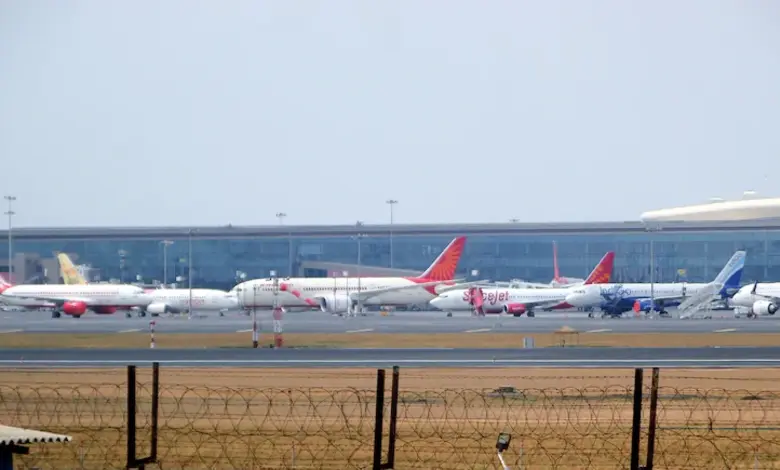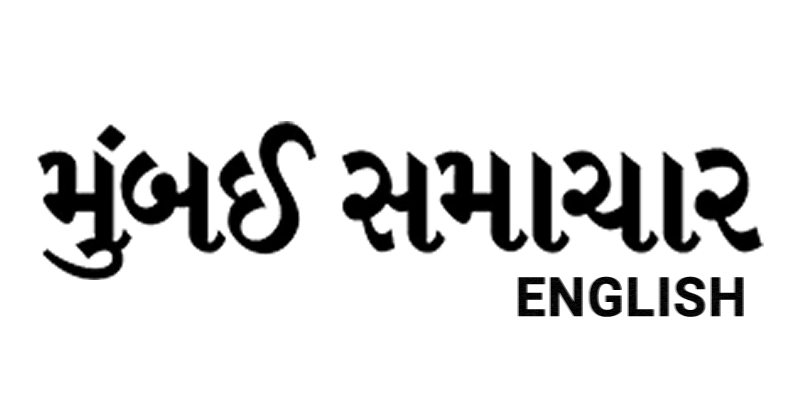DGCA Ramps Up Safety Inspections Following Air India Crash in Ahmedabad

New Delhi: In response to the tragic Air India Flight AI171 crash in Ahmedabad on June 12, which claimed 274 lives, the Directorate General of Civil Aviation (DGCA) has announced plans to conduct 15 additional safety audits this year. The Boeing 787-8 Dreamliner, en route to London, crashed shortly after takeoff, prompting heightened scrutiny of aviation safety protocols.
The DGCA’s decision follows a comprehensive special audit initiated on June 19, targeting airlines, maintenance organizations, flight schools, and ground handlers. Conducted at major airports like Delhi and Mumbai, the audit uncovered multiple lapses, including recurring aircraft defects, inadequate maintenance monitoring, and unserviceable ground equipment. Notable issues included worn tires on a domestic flight, a simulator not matching aircraft configurations, and faded runway markings at an airport.
The regulatory body has mandated immediate safety enhancements for Air India’s Boeing 787 fleet, including one-time pre-departure checks starting June 15 and ongoing flight control inspections. The DGCA also ordered a review of repetitive technical issues reported in the past 15 days, with Air India completing checks on 24 of its 33 Boeing 787 aircraft by June 17. Additionally, three Air India officials were removed from crew scheduling roles due to violations of flight duty time regulations, with disciplinary proceedings underway.
The Ahmedabad crash investigation, led by the Aircraft Accident Investigation Bureau (AAIB), revealed that fuel control switches were turned off seconds after takeoff, causing engine failure. International agencies, including the U.S. National Transportation Safety Board and the U.K.’s Civil Aviation Authority, are assisting, though India declined a UN investigator’s involvement. A preliminary report is expected within 30 days, with a detailed report due in a year. The DGCA’s intensified oversight aims to strengthen compliance and prevent future tragedies, aligning with global aviation safety standards.
